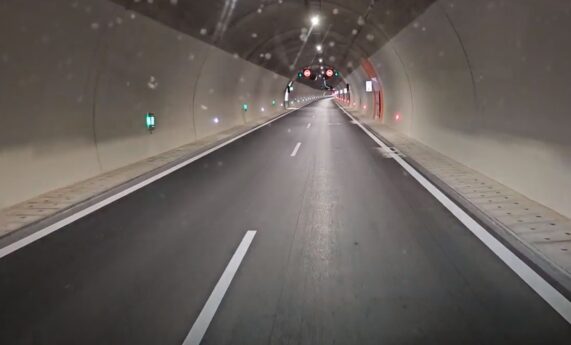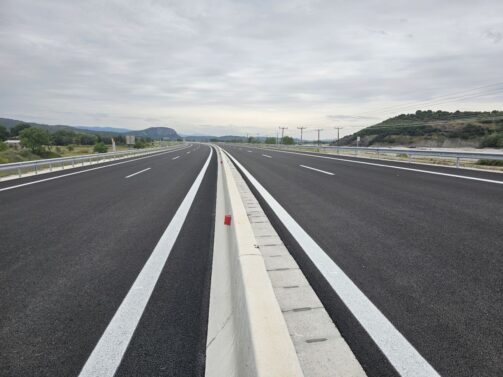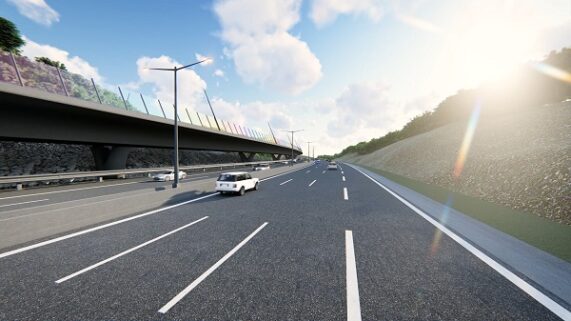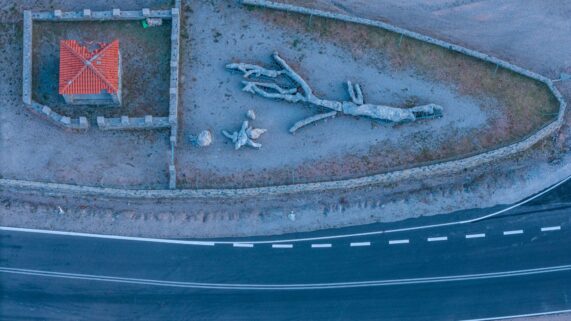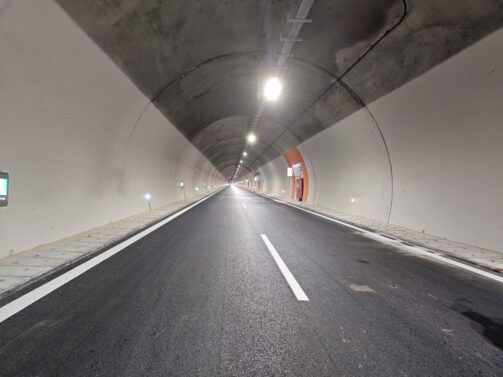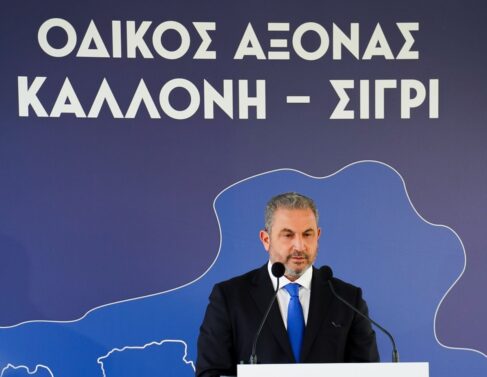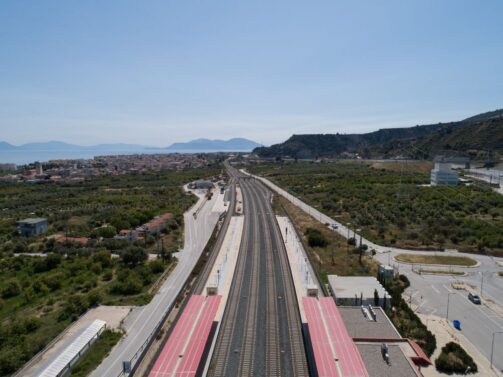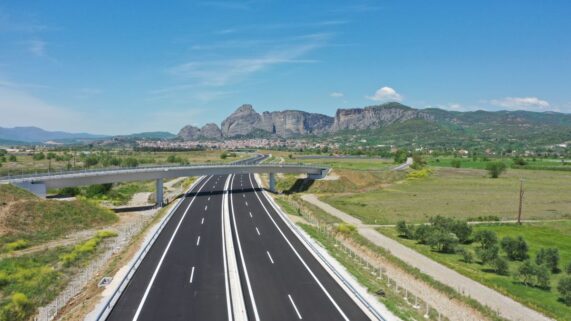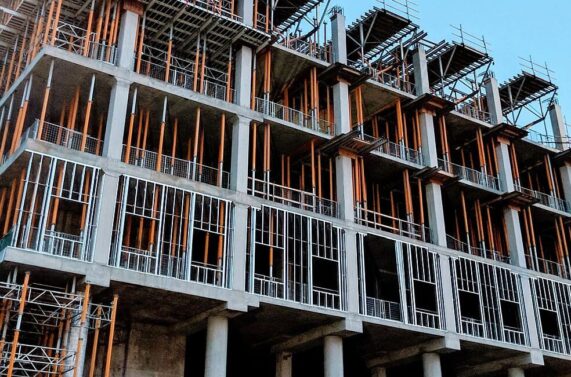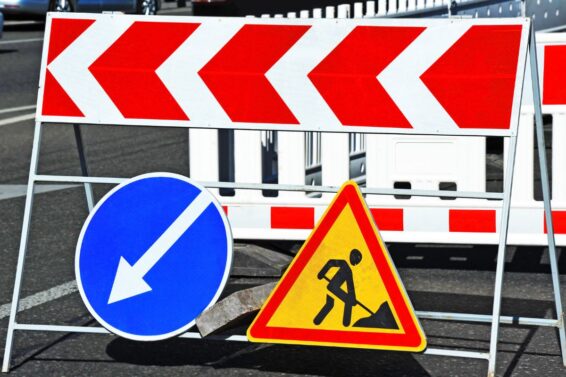When the historian of the future is called upon to write about Greece of 1974and up to the coronavirus pandemic, he will find, among other things, two important revelations. One is that the introverted country of 1974 had changed into a modern democracy despite the problems it encountered along the way.
The second is its real transformation, from a country poor in infrastructure to a country with many and important infrastructures, which may lag behind the big western economies, but has made leaps to get closer.
No matter how much we as a country protest – rightly many times – and complain about the delay in infrastructure development, if we look at the country from a perspective and always with a historical look, we will see that a small miracle has taken place.
From “the poor relative” to “Greece of the EU”
The next questions that the same historian would then be asked to answer are, how did this happen, with what policies, and with what results, socially and economically. In this, the author of this article will have to assume but also get out of the current context. But there are some objective truths.
Greece’s entry in 1980 into the then EEC and today the European Union, may then have been a point of political controversy, but today one can see that that accession, put a country, that always stepped with one foot in the west and the other in the east, to a path to the west and made it a member of one of the most powerful associations in the world.
Beyond any negatives one might claim, Greece almost immediately began to benefit from the influx of subsidies and programs to improve its economic situation and of course to improve its infrastructure.
Greece of the Past
We should remind those who are under 40 or even 30 years old and who may not have a picture of what our country was like in the 1980s, that we were in a situation that included infrastructure:
obsolete road network with almost zero highway networks
obsolete and only one, Metro line in Athens that already had more than 3 million inhabitants
obsolete railway network
obsolete network of ports and airports.
Athens had not “gained” the reputation of the most polluted with air pollution, the capital of Europe with the tourist current constantly declining.
Just a few days ago, Greece celebrated 40 years since joining the EU, amid a global health crisis. It is a country that bears almost no resemblance to that “poor relative” of 1980 that as a technical achievement had to present since the time of the Corinth Canal and the Marathon Dam. The 20th century for Greece unfortunately does not have to leave a heavy legacy in terms of infrastructure.
Greece of the Present
The European Union’s contribution to the improvement of Greece’s infrastructure is evident everywhere. The roads we drive, the networks we travel, the services we choose. But let’s talk in numbers:
Through the 5 programming periods that Greece has participated as an EU member state, it has managed to create in the joint infrastructure design the following:
-A network of closed modern highways of 2,200 km with the assistance and private funds, which connect in the mainland all the big cities and the main ports and airports but also entrance / exit gates at the border.
-Two new Metro lines that in a period of 21 years came to have almost 40 kilometers of underground line and 44 stations (4 of them are ground and common with the Suburban). Radical renewal of Metro Line 1, with the stations being transformed.
-Upgraded railway network of about 700 km, 630 of which are electric. This includes the Suburban Railways of Athens and Thessaloniki.
-A new international airport in Athens with the assistance of private funds and in the same way 14 upgraded airports, including Thessaloniki.
-Many upgrades in the ports of Piraeus and Thessaloniki, but also in other ports, including Igoumenitsa which has become a gateway to Europe.
-A tram network of about 30 kilometers to Athens, covering the connection of the center of Athens with the southern suburbs and Piraeus (the extension is expected to be operational in the coming weeks).
-The emblematic work of the Rio-Antirio Bridge.
-Two Metro lines of 14.5 km under construction for Thessaloniki with 18 stations in which, if the wrong choices had not been made during the first years of construction, it would now be operational. The lines are scheduled to operate gradually from 2023.
Of course, many other projects related to water supply, sewerage, dams, urban regeneration, rolling stock supply, etc.
Greece of the future
Today, also with the assistance of the European Union, 4 billion euro projects are planned or under construction, which include, among others, the construction of a new 4th Metro line in Athens, the extension of Olympia Odos to Pyrgos, railway projects that will bring the train to Patras, the completion of the Aktio-Amvrakia axis etc.
All this does not include the planning for the next seven years 2021-2027 in which new major projects will be financed, such as the extension of line 2 from Anthoupolis to Agios Nikolaos in Ilion and the Egnatia railway.
The real improvement of the country’s infrastructure was achieved thanks to the goals set by the respective governments but also to the large coverage of infrastructure investments by the European Union. Today, Greece, with more confidence and plans for the future, can stand on its own two feet again, being at the core of the European dream, even through failures, crises, or mistakes.
We hope that in the 50 years of the country in the Union, there will be even greater achievements, even bigger goals and that Greece will be even more ready and strong in the race of the globalized economy.
ΜΗΝ ΞΕΧΑΣΕΤΕ
- Ακολουθήστε το ypodomes.com στο Google News και μάθετε πρώτοι όλες τις ειδήσεις για τις υποδομές στην Ελλάδα
- Αν είστε επαγγελματίας του κλάδου, ακολουθήστε μας στο LinkedIn
- Εγγραφείτε στο Ypodomes Web TV





